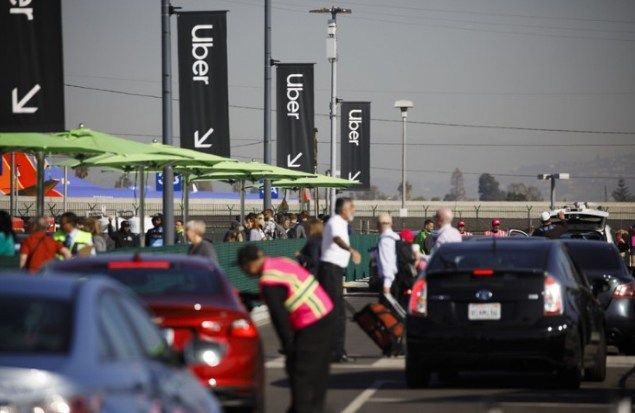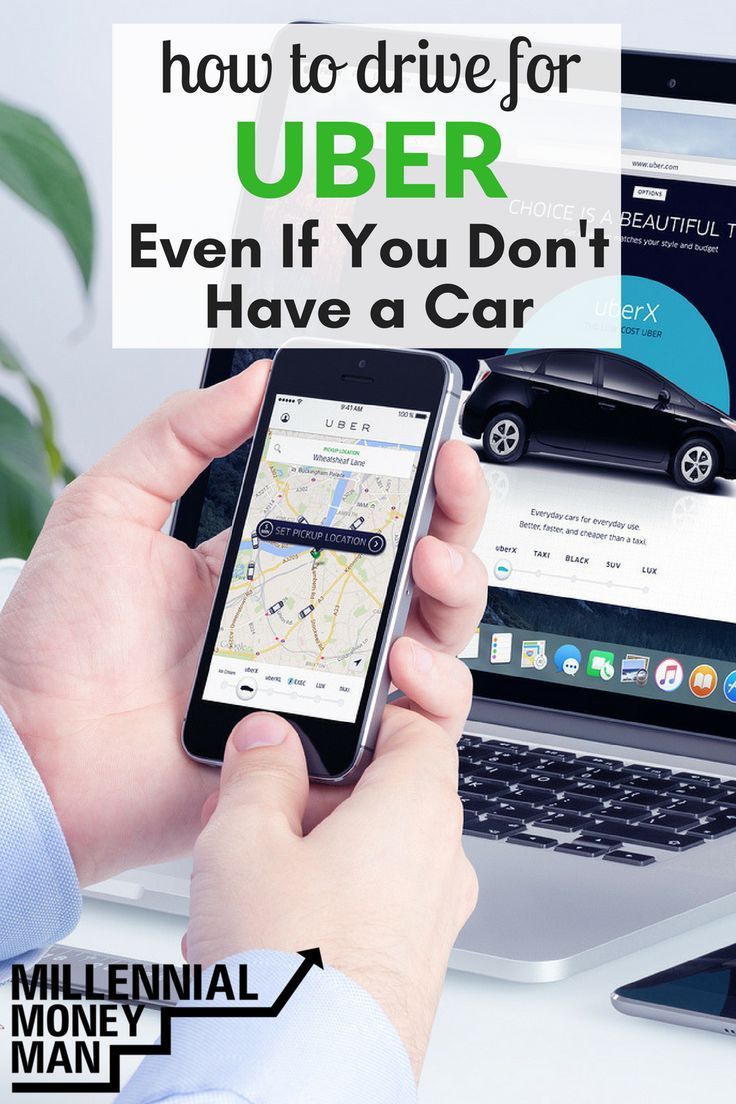The popular Uber service is based on a smartphone app that pairs riders with private drivers. The use of Uber vehicle drivers as a substitute for conventional taxis has been more common in recent years.
Drivers for Uber are self-employed individuals who utilise their own cars to carry riders. A valid driver’s licence, a suitable car, and satisfying age and insurance regulations are all prerequisites for becoming an Uber driver.
Signing up for the Uber platform, filling out the necessary paperwork, and passing a background check are the normal steps to become an Uber driver. Drivers who have been verified may then start taking requests from riders using the Uber app.
Drivers may see the pickup and drop-off locations of their passengers using the Uber app. Based on their schedules and personal preferences, drivers may accept or reject these requests. The app’s navigation features also aid drivers in swiftly delivering their clients to their final locations.
It’s up to the individual driver how much or how little they want to work as an Uber driver, since they’re not bound to any set schedule. They are paid from the fares they charge their customers, with Uber deducting a cut as an administrative fee. A driver’s potential earnings are contingent on variables such as the quantity of trips taken, the average journey length, and the going rates in their area.
Uber’s safety measures are designed to safeguard both drivers and riders. You may look up a driver’s history, get help in an emergency without leaving the app, and tell your friends about your travels. In addition, both the driver and the rider are covered by Uber’s insurance policy for the length of the journey.
In general, driving for Uber is a convenient and adaptable method to make money by serving the transportation needs of others. It has simplified and popularised transport for millions of commuters throughout the globe.

Uber has changed the transportation sector by connecting drivers and riders in a manner that is easy and flexible for both parties. Uber, a well-known ridesharing service, has developed a platform that easily links riders in need of transportation with private drivers who are ready to use their own cars to do it.
The qualifications needed to become a chauffeur for Uber are established by Uber and may change based on the area. Common qualifications include being at least 18 years old, possessing a valid driving licence, and driving a car that satisfies Uber’s specifications. Drivers must also provide papers, including car registration and insurance information.
A driver for Uber must first register on the Uber website and pass a rigorous background check. This verification helps make sure that drivers and passengers are safe. Once drivers are accepted, they may download the Uber mobile application, which serves as their main means of handling rides, finding their way about, and keeping track of their earnings.
When using the application for Uber, drivers may set their own hours and choose their own locations. They need just sign onto the app to indicate their availability for rides. When a trip is requested, the passenger’s location and final destination are sent to the driver. The recipient then has the option to comply with the request or deny it according to their schedule and tastes.
The app’s navigation features help drivers choose the best route between the pickup spot and their final destination. The anticipated cost, distance, and time required for the journey are all shown. The route may then be more easily comprehended by both the driver and the passengers.
Uber drivers are compensated by the fares they collect from their customers. The fares are determined by a number of criteria, including the total distance travelled, the total amount of time required, and the current rates in the destination town. After Uber’s service charge is deducted from each ride, the driver keeps the leftover fare money. Uber’s cut of the fare is not a consistent proportion between cities or service types.
Uber places a premium on passenger security. Both driver and passenger safety are prioritised by the firm. This includes things like checking drivers’ histories, allowing users to get help in an emergency without leaving the app, and letting them tell their friends about their rides. An extra safety net is provided by Uber’s insurance, which covers both the driver and the rider for the length of the journey.
In conclusion, Uber automobile driving has revolutionised the transportation sector by linking passengers with freelance drivers in a method that is easy, adaptable, and forward-thinking. It allows people to choose their own schedules and earn money, while also giving commuters a convenient and dependable transportation option. Uber’s software, security features, and central emphasis on convenience have revolutionised urban transportation throughout the globe.
